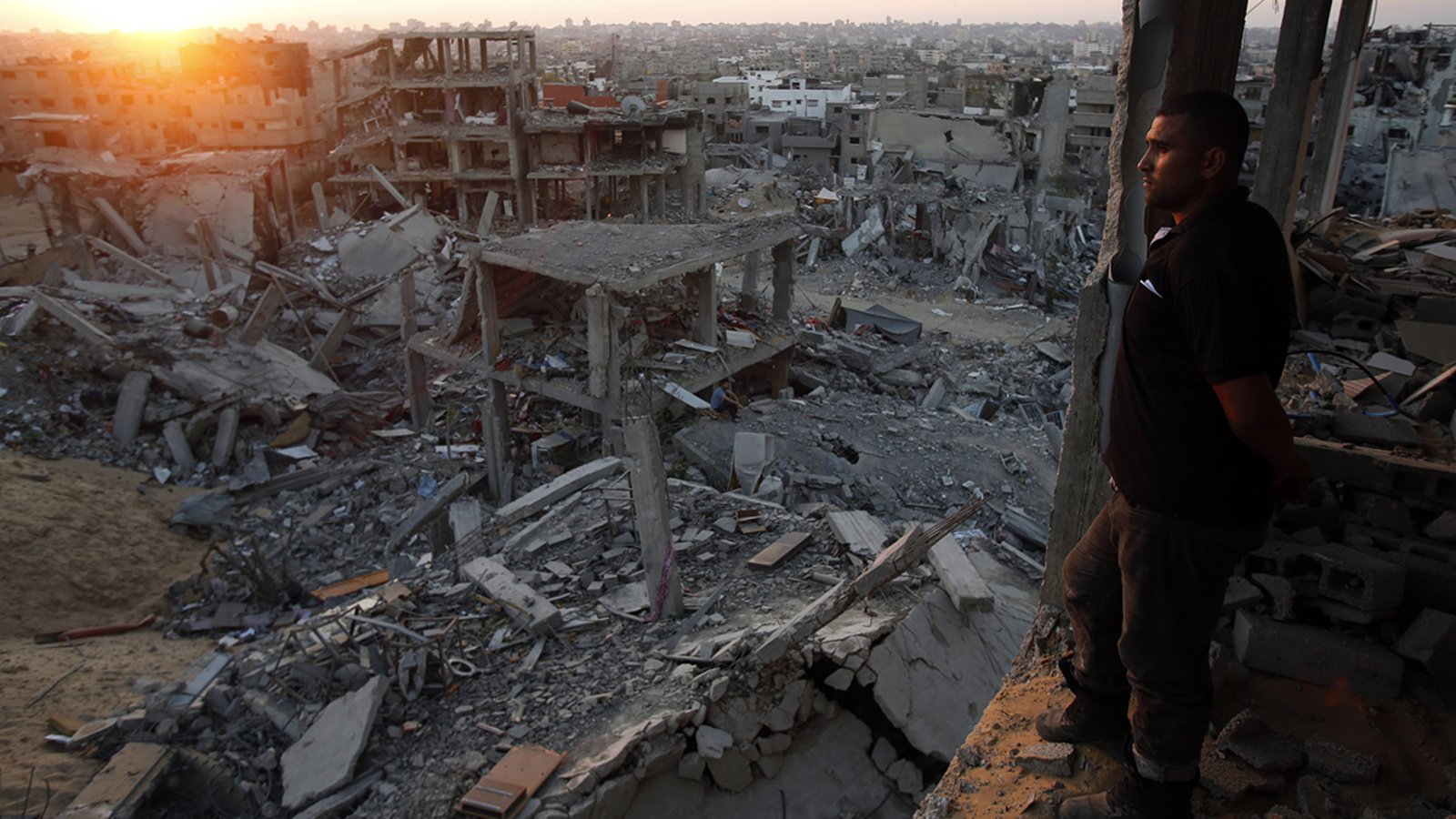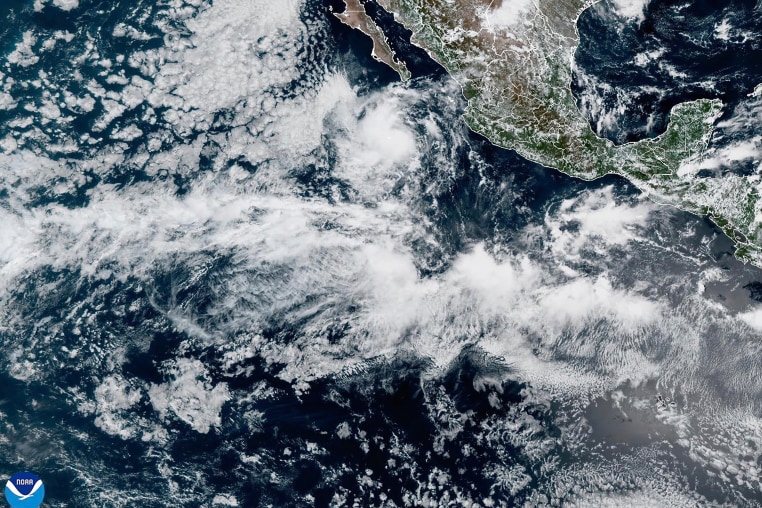
Introduction
Halfway up Taiwan’s central mountain ranges, two young women were working a shift at the town’s service station in August when the landslide hit. As torrent of water, mud and rocks gushed down they ran next door for shelter, a decision that probably saved their lives. Moments later, the station became buried under tonnes of earth and rock.
The disaster in Ren’ai township was one of countless landslides in the same month across Nantou, a landlocked county in central Taiwan, triggered by torrential rain brought by the whipping tail of distant typhoon Khanun.
The county in the central region of Taiwan’s main island is set in a dramatic range of lush, jungle-covered mountains. Thousands of peaks, some higher than 3,000 metres above sea level, stretch sharply into the sky from narrow valleys and rivers. They are sparsely populated, with small towns and villages accessed by winding single-lane roads, where aboriginal tribes are among those making a living mostly through agriculture, and holding on to ancient traditions. They say they have never seen so much water.
Vulnerability to Extreme Weather
Landslides are not uncommon in Taiwan, the whole island is in a hot zone for typhoons and earthquakes. However, mountain communities like Nantou are particularly vulnerable to extreme weather, and things are getting worse amid the climate crisis. This was the fourth time since 2000 that the service station had been hit and some are beginning to wonder how much longer their traditional way of life can continue.
The Impact on Local Economies and Indigenous Culture
The local economies are largely based on agriculture, and indigenous customs are tightly linked to seasonal harvests. Nantou is the ancestral homeland of the Seediq people, one of 16 recognised aboriginal tribes in Taiwan, and the modern home of several others. The August typhoon caused the cancellation of autumn harvest ceremonies, an annual ritual lasting up to a week.
‘There are no crops to celebrate’
“There is nothing to harvest,” says Wang Wan-quan, a 70-year-old farmer in Nang Feng village in Nantou. “They were all destroyed by typhoons, covered by landslides, and damaged by heavy rain. We can’t celebrate anything. There are no crops to celebrate.”
Wang draws his income from growing tea and organic vegetables. “When a typhoon comes, some people will make money and some won’t,” he says.
Changing Climates and Disrupted Traditions
Zi-jun Zeng, the village head in Nang Feng, says rising temperatures, increased extreme weather events, and changing climates are exacerbating the weakening of Aboriginal culture, disrupting ceremonies, changing harvest patterns and the annual celebrations tied to them.
“Indigenous communities in Taiwan are all farming communities. The culture is always connected to the land,” he says.
Increased Intensity of Typhoons
Climate scientists say changing weather patterns are making typhoons, known elsewhere as cyclones or hurricanes, much more intense. A 2016 study published in Nature found the proportion of storms of categories 4 and 5 hitting east and south-east Asia had doubled or even tripled in the preceding four decades.
A report released in March by the UN’s Intergovernmental Panel on Climate Change (IPCC) found it was “likely” that the proportion of category 3-5 cyclones had increase globally over the past four decades, and that it was “very likely” the proportion of category 4-5 cyclones would increase with global heating. The IPCC also said it had “high confidence” that anthropogenic climate change had contributed to extreme rainfall amounts during intense cyclones.
Impact on Water Resources and Droughts
Taiwan draws most of its drinking water from typhoons. Although the frequency of intense typhoons is increasing, the overall number making landfall has dropped significantly, prompting record-breaking droughts. When they hit, their increased strength brings floods and landslides, and hurt local economies by destroying crops and the roads along which produce is transported for sale.
The Need for Adaptation and Infrastructure Improvements
Chen Guo-xiong Che, the major secretary for the township covering Nangfeng, says they are seeking to adapt farming strategies, citing efforts to plant more trees among the monoculture tea and coffee fields. But the current infrastructure of the tribes couldn’t handle this latest downpour.
“I am worried about climate change,” says Chen. “This year’s typhoon impact was bigger and temperatures are higher. We’ve never experienced so much water.
“Climate change directly impacts us and those living in high altitude. The large quantity of rain in a short time cut off the main road and the farm road – people’s road to work … The road is ruined in seven or eight places and directly affects livelihoods and incomes.
“Villagers living in the mountains are not scared of natural disasters, they can face damage. But we hope the government can help with better construction and infrastructure.”
The Relocation Conundrum
Dr Lin Tze-luen, a spokesman for the executive branch of Taiwan’s government, tells the Guardian his country has become adept at preparing for and responding to disasters, “but now the challenge is climate change”.
“There is a debate, some say people should relocate. But indigenous culture is rooted in that area … We know it affects traditions but it’s difficult and we try to increase their resilience,” Lin says, citing the provision of satellite phones to residents who decide to stay, and increased government subsidies for home insurance.
Community Resilience and Recovery Efforts
In Ren’ai township, days after typhoon Khanun, the rubble is nearly cleared but the service station building is ruined. Mangled pumps are covered by a layer of mud, and water is still pouring across the road from the collapsed hillsides.
The town’s response is organised and practical. There are local government representatives, disaster response charities, and community volunteer groups. Some young male residents returned from military conscription service to hike through devastation to reach stranded residents and deliver supplies. One of the young women who escaped the service station
SDGs, Targets, and Indicators
1. Which SDGs are addressed or connected to the issues highlighted in the article?
- SDG 1: No Poverty
- SDG 2: Zero Hunger
- SDG 11: Sustainable Cities and Communities
- SDG 13: Climate Action
- SDG 15: Life on Land
2. What specific targets under those SDGs can be identified based on the article’s content?
- SDG 1.5: By 2030, build the resilience of the poor and those in vulnerable situations and reduce their exposure and vulnerability to climate-related extreme events and other economic, social, and environmental shocks and disasters.
- SDG 2.4: By 2030, ensure sustainable food production systems and implement resilient agricultural practices that increase productivity and production, that help maintain ecosystems, that strengthen capacity for adaptation to climate change, extreme weather, drought, flooding, and other disasters, and that progressively improve land and soil quality.
- SDG 11.5: By 2030, significantly reduce the number of deaths and the number of people affected and substantially decrease the direct economic losses relative to global gross domestic product caused by disasters, including water-related disasters, with a focus on protecting the poor and people in vulnerable situations.
- SDG 13.1: Strengthen resilience and adaptive capacity to climate-related hazards and natural disasters in all countries.
- SDG 15.5: Take urgent and significant action to reduce the degradation of natural habitats, halt the loss of biodiversity, and, by 2020, protect and prevent the extinction of threatened species.
3. Are there any indicators mentioned or implied in the article that can be used to measure progress towards the identified targets?
- Number of extreme weather events and disasters affecting vulnerable communities
- Number of landslides and their impact on agricultural land and infrastructure
- Changes in harvest patterns and agricultural productivity
- Number of indigenous cultural ceremonies disrupted by climate change
- Proportion of category 3-5 cyclones and their impact on rainfall and flooding
- Availability and access to drinking water during droughts and typhoons
- Number of road damages and their impact on livelihoods and incomes
- Number of residents affected by landslides and their access to support and resources
- Efforts to increase resilience through infrastructure improvements and adaptation strategies
SDGs, Targets, and Indicators Table
| SDGs | Targets | Indicators |
|---|---|---|
| SDG 1: No Poverty | SDG 1.5: By 2030, build the resilience of the poor and those in vulnerable situations and reduce their exposure and vulnerability to climate-related extreme events and other economic, social, and environmental shocks and disasters. | – Number of extreme weather events and disasters affecting vulnerable communities – Number of landslides and their impact on agricultural land and infrastructure |
| SDG 2: Zero Hunger | SDG 2.4: By 2030, ensure sustainable food production systems and implement resilient agricultural practices that increase productivity and production, that help maintain ecosystems, that strengthen capacity for adaptation to climate change, extreme weather, drought, flooding, and other disasters, and that progressively improve land and soil quality. | – Changes in harvest patterns and agricultural productivity |
| SDG 11: Sustainable Cities and Communities | SDG 11.5: By 2030, significantly reduce the number of deaths and the number of people affected and substantially decrease the direct economic losses relative to global gross domestic product caused by disasters, including water-related disasters, with a focus on protecting the poor and people in vulnerable situations. | – Number of indigenous cultural ceremonies disrupted by climate change – Number of road damages and their impact on livelihoods and incomes – Efforts to increase resilience through infrastructure improvements and adaptation strategies |
| SDG 13: Climate Action | SDG 13.1: Strengthen resilience and adaptive capacity to climate-related hazards and natural disasters in all countries. | – Proportion of category 3-5 cyclones and their impact on rainfall and flooding – Availability and access to drinking water during droughts and typhoons |
| SDG 15: Life on Land | SDG 15.5: Take urgent and significant action to reduce the degradation of natural habitats, halt the loss of biodiversity, and, by 2020, protect and prevent the extinction of threatened species. | – Number of landslides and their impact on biodiversity and natural habitats |
Behold! This splendid article springs forth from the wellspring of knowledge, shaped by a wondrous proprietary AI technology that delved into a vast ocean of data, illuminating the path towards the Sustainable Development Goals. Remember that all rights are reserved by SDG Investors LLC, empowering us to champion progress together.
Source: theguardian.com

Join us, as fellow seekers of change, on a transformative journey at https://sdgtalks.ai/welcome, where you can become a member and actively contribute to shaping a brighter future.






